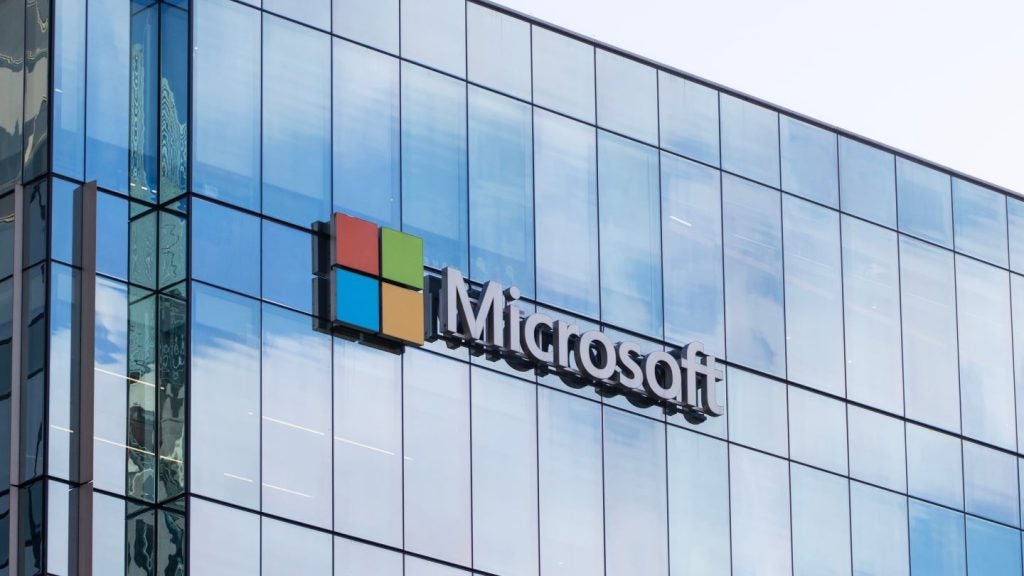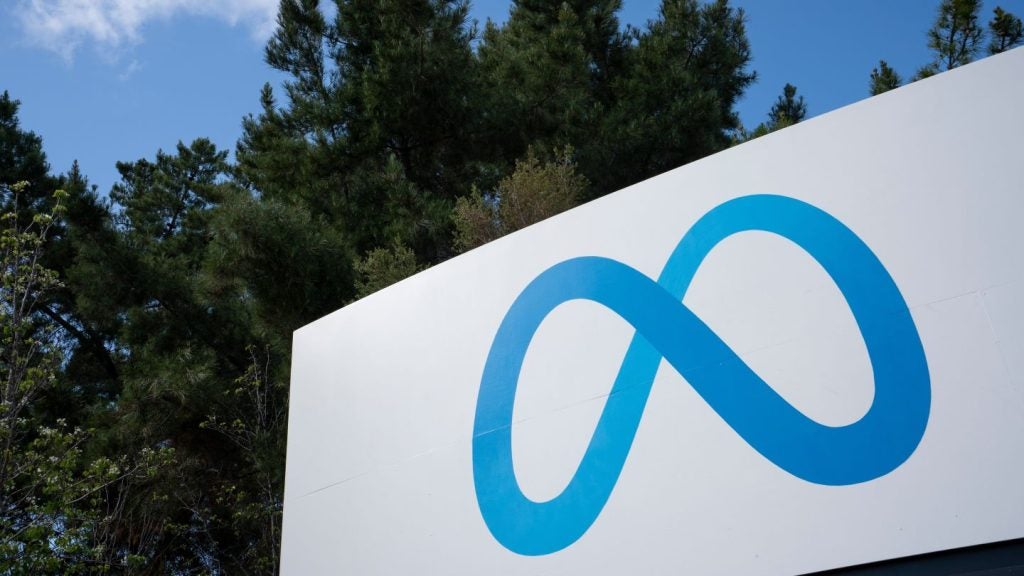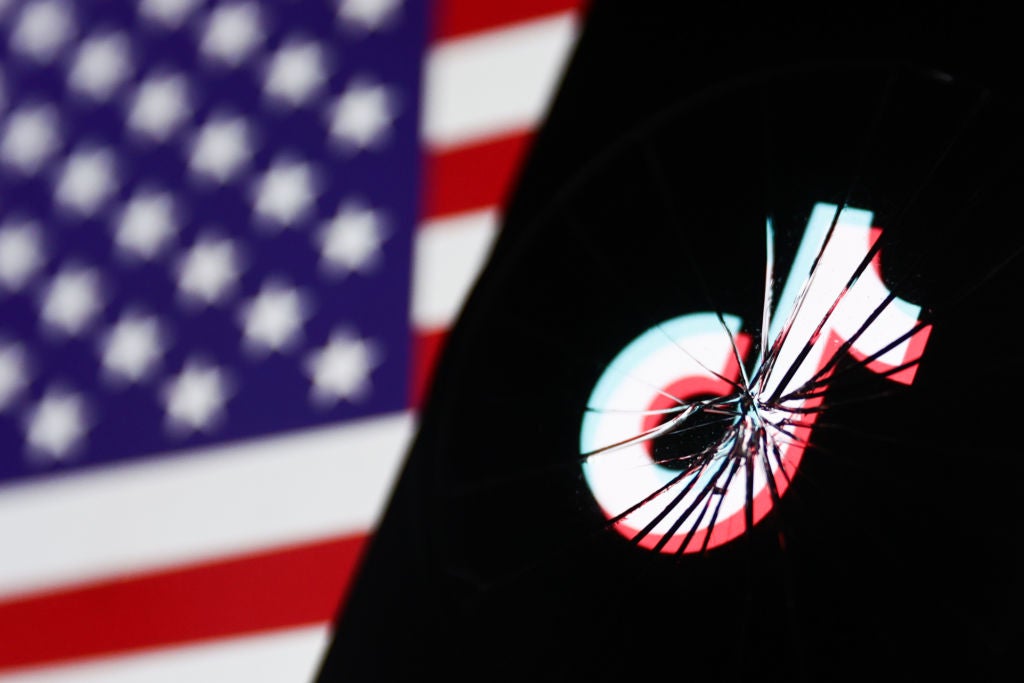
On Tuesday (5 December), US telecoms giant AT&T announced a deal with Ericsson to revamp its telecom network using new state-of-the-art technology called open RAN.
The new network will reportedly cover 70% of AT&T’s US-based wireless traffic by the end of 2026.
The five-year deal, which is worth $14bn, marks a major blow to rival Nokia, as Ericson boosts its share in AT&T, the fourth largest telecommunications company by revenue in the US.
Open RAN stands for “Open Radio Access Network” and has been referred to as the telecom industry’s “fastest-growing religion.”
The technology refers to telecom companies adopting open standards so that different components of mobile installation can come from different suppliers. All the different technologies adhere to the same standards and thus can work with each other.
This is a clear break from the previous doctrine where one single vendor – such as Ericsson, Nokia or Huawei – would provide everything from radio units and processing hardware to network connection and software.
How well do you really know your competitors?
Access the most comprehensive Company Profiles on the market, powered by GlobalData. Save hours of research. Gain competitive edge.

Thank you!
Your download email will arrive shortly
Not ready to buy yet? Download a free sample
We are confident about the unique quality of our Company Profiles. However, we want you to make the most beneficial decision for your business, so we offer a free sample that you can download by submitting the below form
By GlobalDataThe telecom industry expects open RAN to provide dramatic cost cuts through its use of cloud-based software and equipment from a variety of suppliers rather than proprietary equipment from just one supplier.
Open RAN architecture and technology is seen as a key component in the advancement of 5G. This is due to it simplifying network management, reducing cost and encouraging competition among vendors.
Edward Gubbins, principal analyst at research company GlobalData, said: “Ericsson’s joint announcement with AT&T of plans for high-scale open RAN deployment represents an important milestone for the open RAN movement and could help stimulate the ecosystem.”
Gubbins said the deal “will likely encourage investment more broadly, which will bolster the open RAN ecosystem and give other operators more confidence in embracing open RAN themselves in a virtuous cycle.”
However, he claimed that the pace at which this will happen is hard to predict.
According to GlobalData’s Thematic Intelligence: Tech, Media, & Telecom Themes 2024 report, the impact of open RAN technology “will remain a top concern in the industry” in 2024.
In 2024, “operators will continue to explore open RAN technologies to achieve more control over their infrastructure stack and cost savings”.
The GlobalData report also noted that the rollout of open RAN is of particular interest in the US due to the nation’s lack of domestic 5G equipment suppliers.
Open RAN is also an attractive prospect for technology companies that have been dependent on Chinese vendors like Huawei and ZTE in the past.
As Huawei has been banned from operating in the US and many European countries, open RAN is seen as a good solution for countries that have no established network vendors, like the UK.
Although telecom providers such as Vodafone have tested a roll out of the technology, the journey to mass adoption across the industry has been slow.
Rakuten in Japan is leading with the largest commercial deployment, according to GlobalData’s report.







